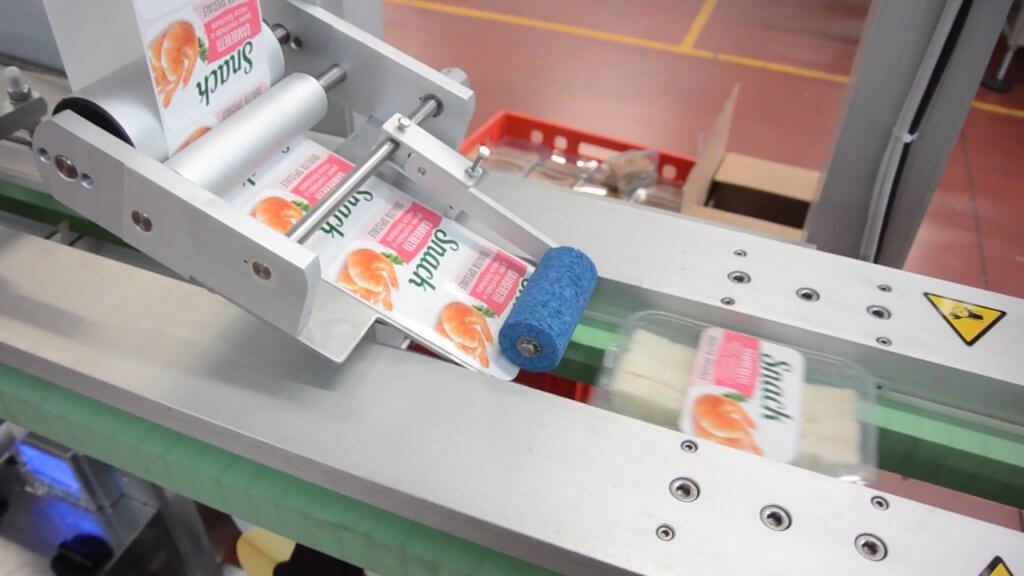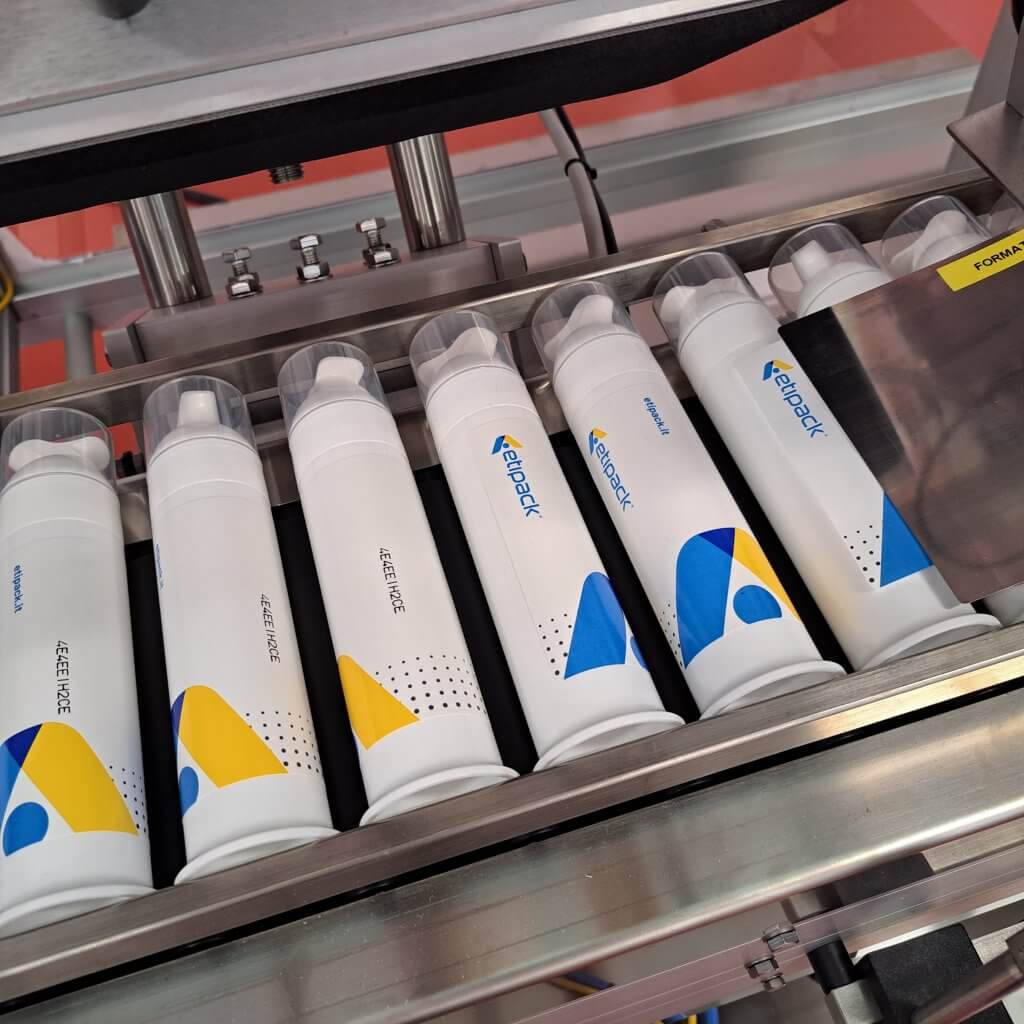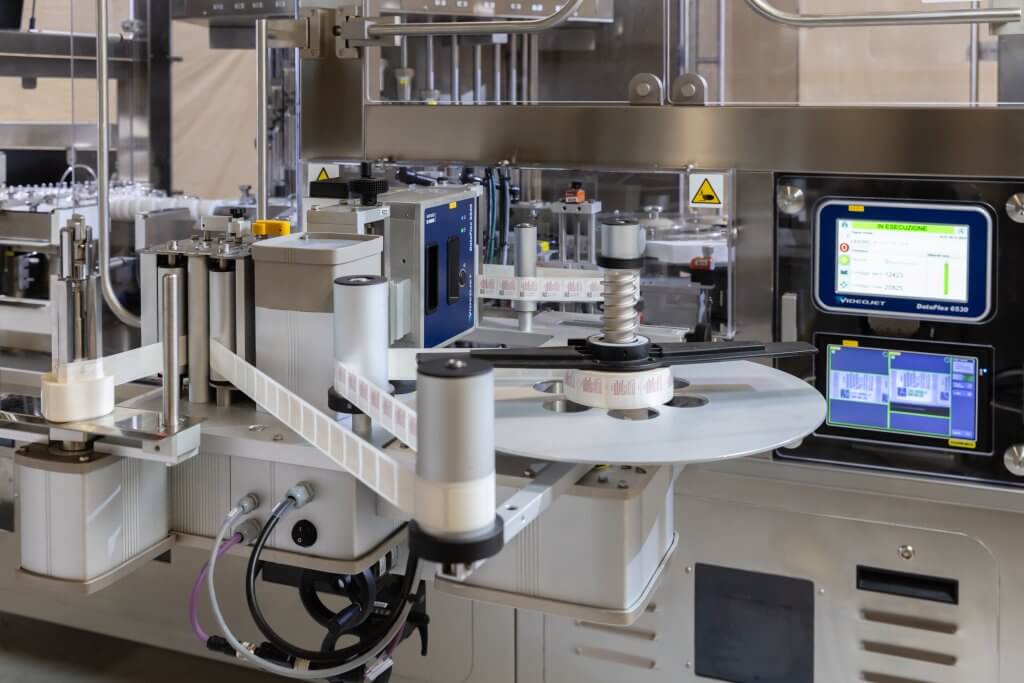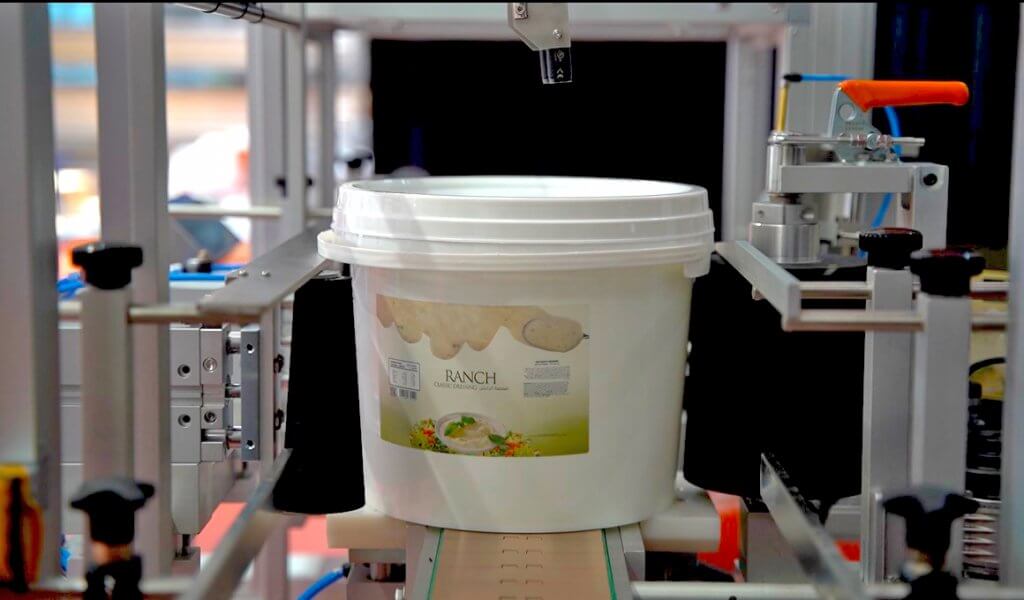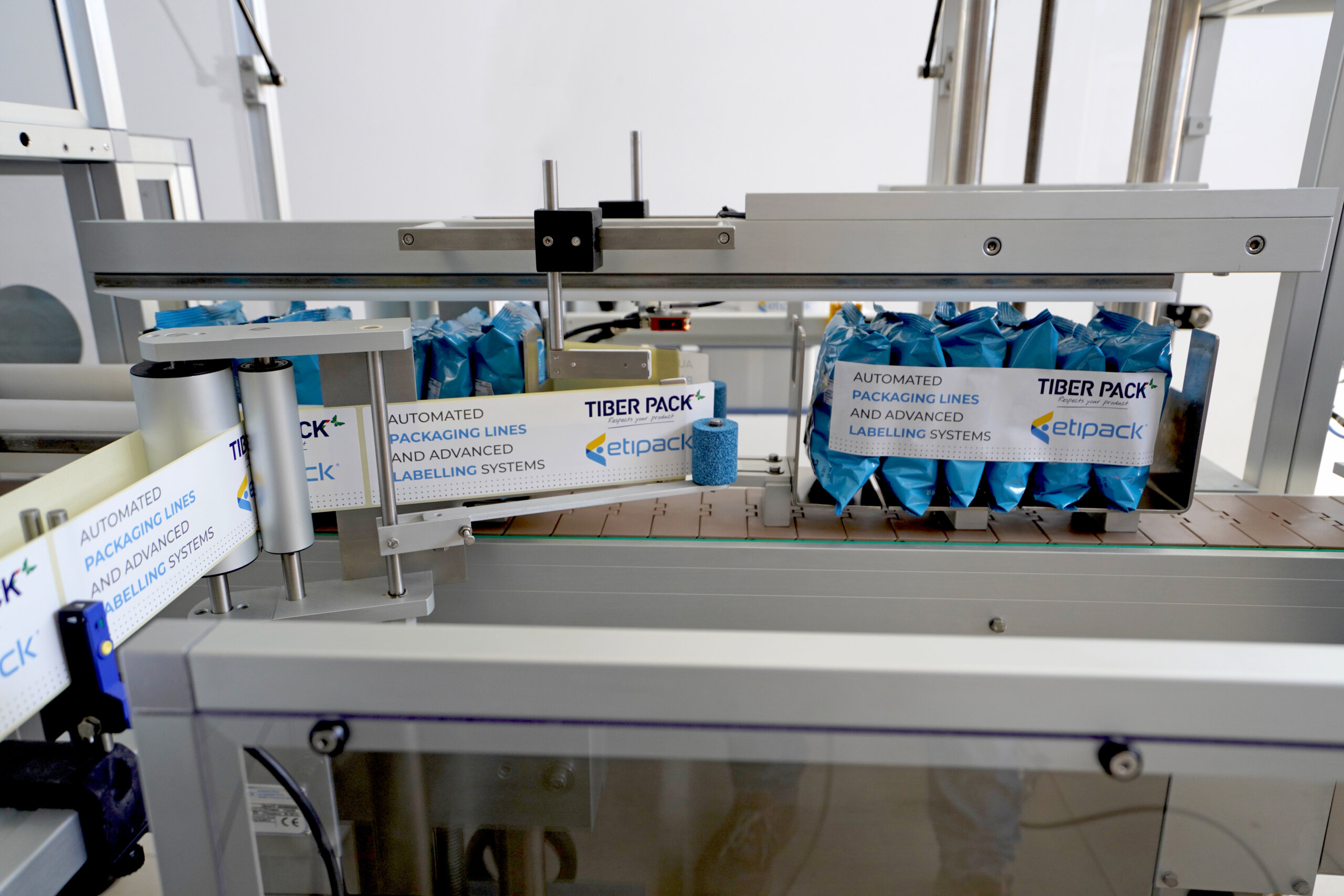

Labelling for multipack of Amica Chips potato chips
Project developed in collaboration with TIBER PACK S.p.A a company specialised in designing and manufacturing automatic systems dedicated to the end of the line.

DOWNLOAD FULL CASE IN PDF
Packaging line to distribute and label bags of potato chips in multipacks of 6 products
Amica Chips S.p.A, a well-known market-leading Italian food company specializing in the production of potato chips and packaged snacks – exported to more than 22 countries around the world, was looking for an efficient and sustainable solution to offer a new way of packaging potato chips in bags.
The challenge: automating the secondary packaging process of potato chip bags by optimizing packaging impact
Tiber Pack’s expertise in always finding the best solutions for its customers, thus becoming not just suppliers but real consultants, made it possible to develop in collaboration with Etipack a multipack labeling system to be integrated into the process line at Amica Chips. From the outset, the system aimed to automate a process that had a high labor impact, making it simpler and more efficient.
The solution: customized system for picking, conveying and labeling 6 multipack bags
The union of Tiber Pack’s innovation and Etipack’s labeling expertise provided a remarkably efficient solution for Amica Chips: simple steps for a successful result. The single chip packet taken from the vertical packaging machine is conveyed and appropriately rephased to a dual racetrack rotor that arranges them vertically, creating groupings of 6 packs. Then a dual-axis sweeper unit places the bundle in special holding compartments over a motorized chain that progresses step-by-step to the labeling stage. A customized labelling System 5/2 with dual labelers positioned on opposing sides of a customized conveyor belt, allows two side labels to be applied simultaneously when passing batches of packages. This results in a single multipack at the outlet whose packages are holded thanks to the labels. The system enables the use of large labels, with lengths up to 250 mm. The solution is capable of keeping an output of 85 packs per minute (up to 15 multipacks per minute).
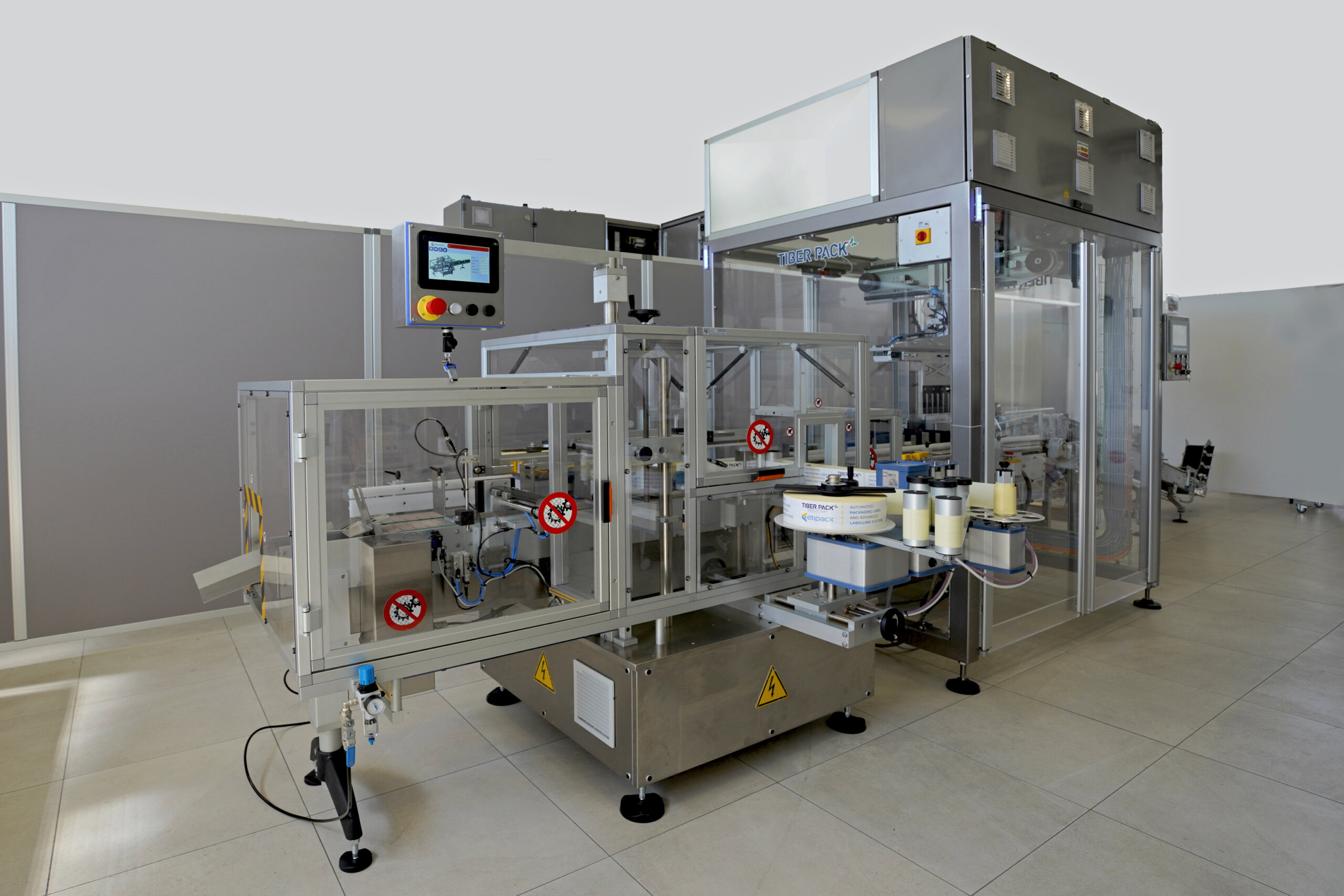
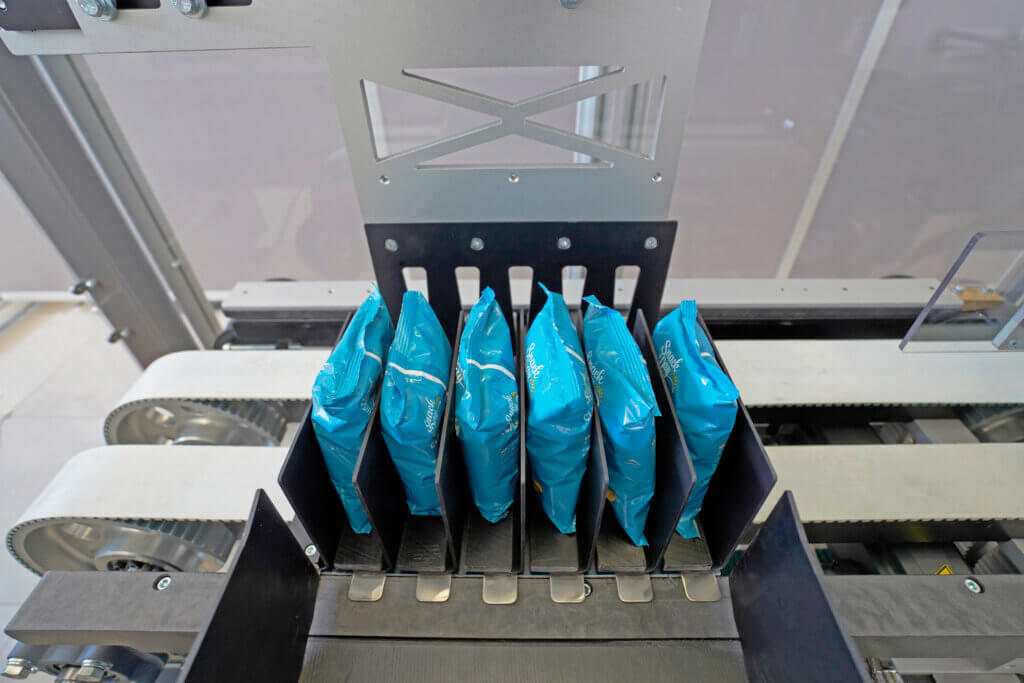
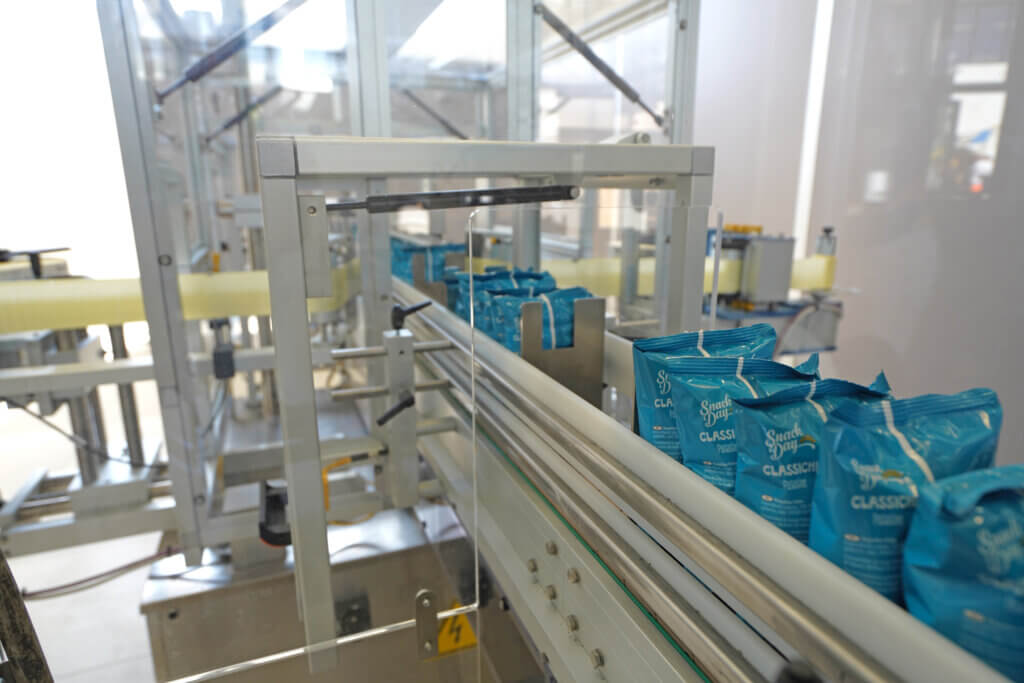
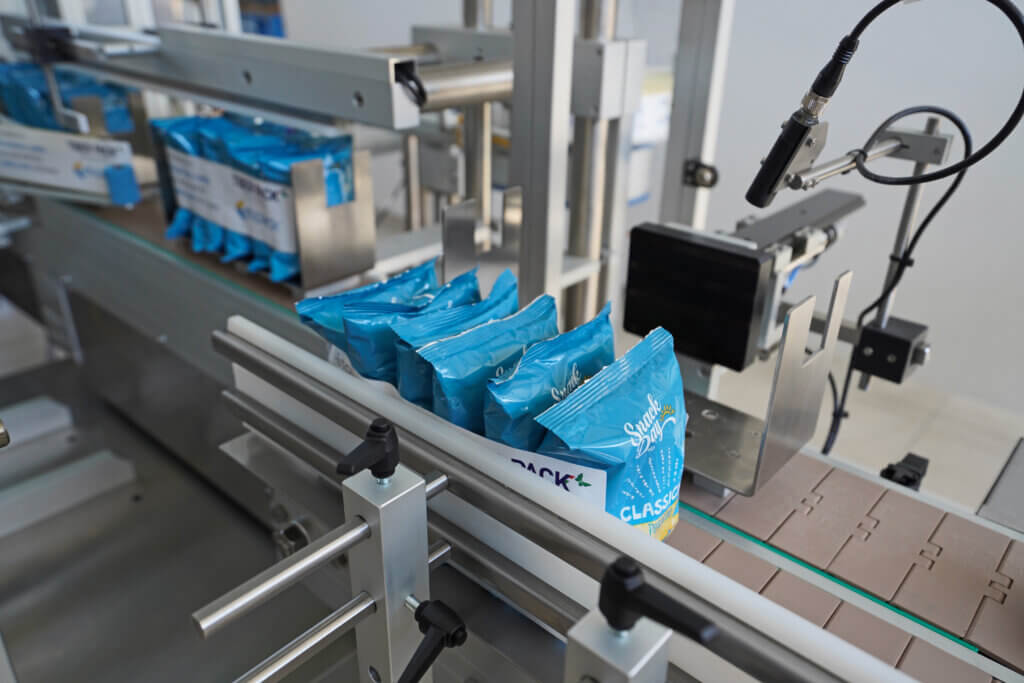
The results: a smart system that meets packaging needs while eliminating additional packaging
Thanks to the system designed by Tiber Pack – Etipack, Amica Chips secured a tailor-made system that allows single packs of chips to be vertically handled and assembled into a single multi-pack using labeling as a packaging method. The system thus makes it possible to eliminate the use of additional packaging and subsequently reducing the use of plastic. This ensures to firstly, achieve significant economic savings and secondly, to significantly reduce the impact of the products on the environment.
